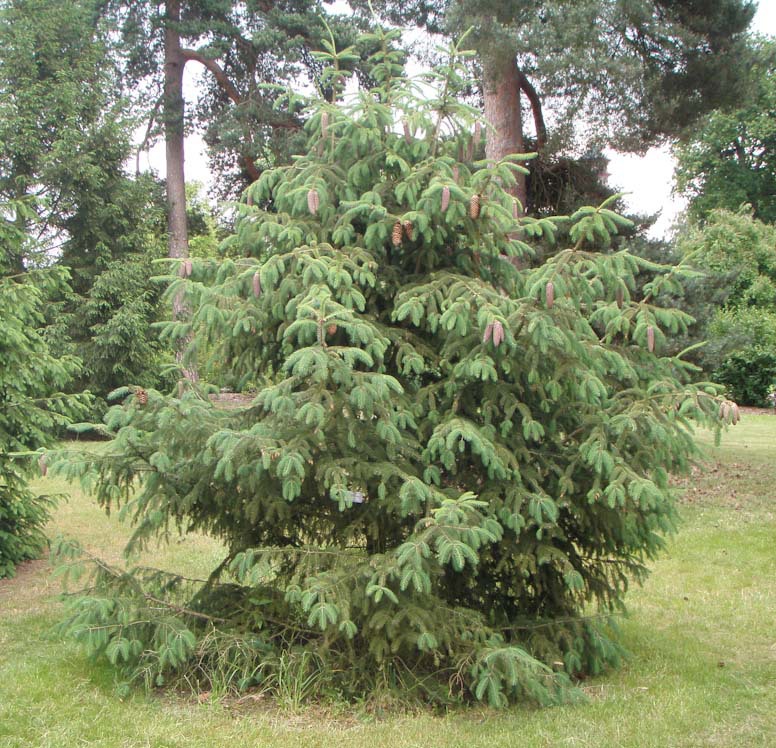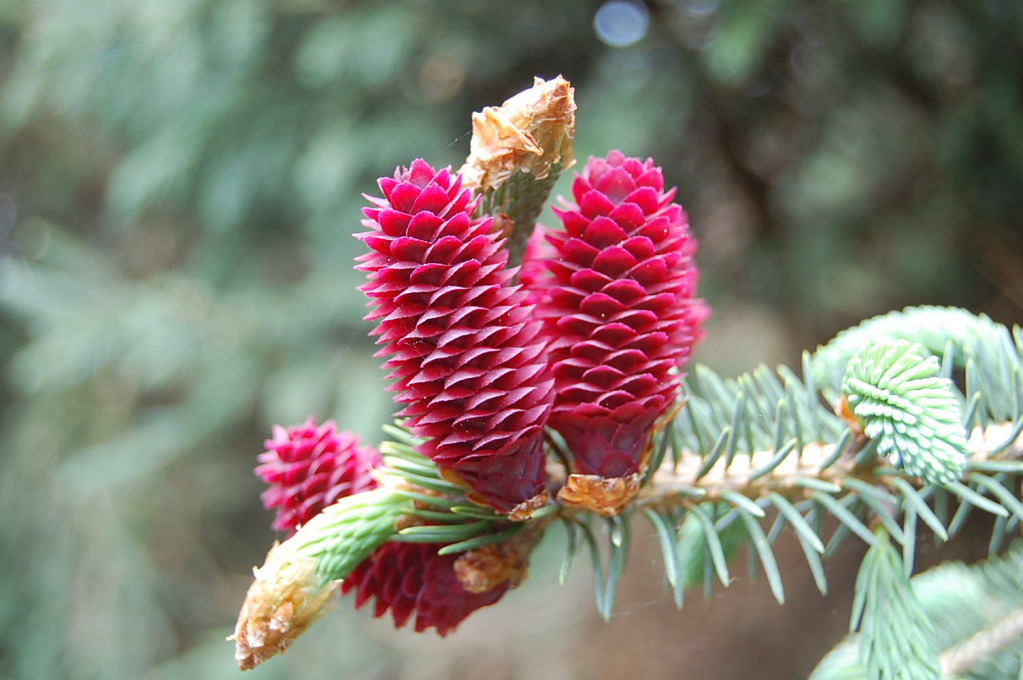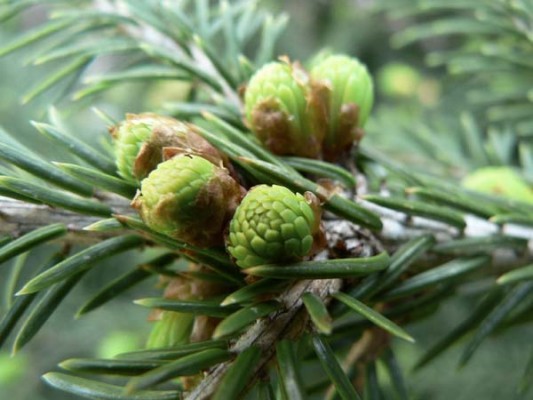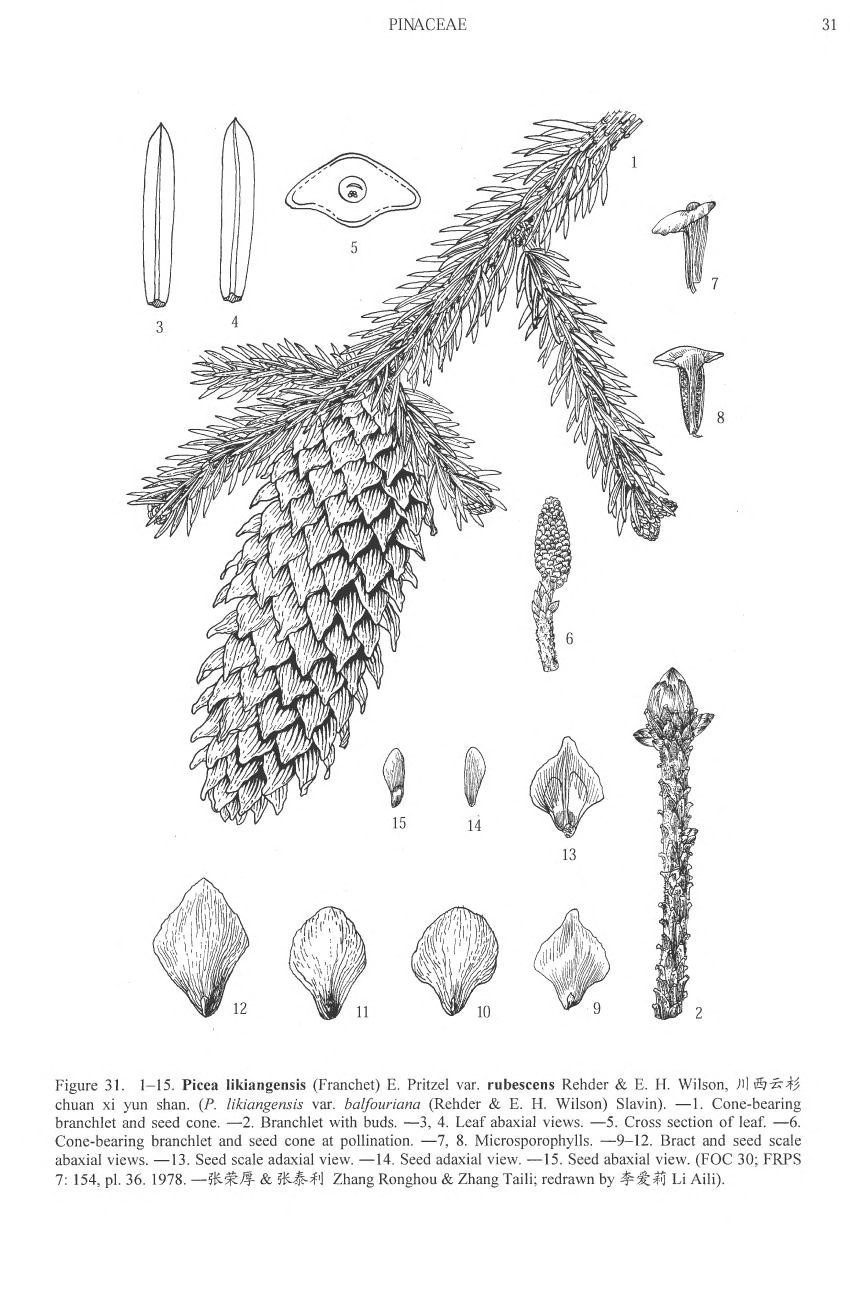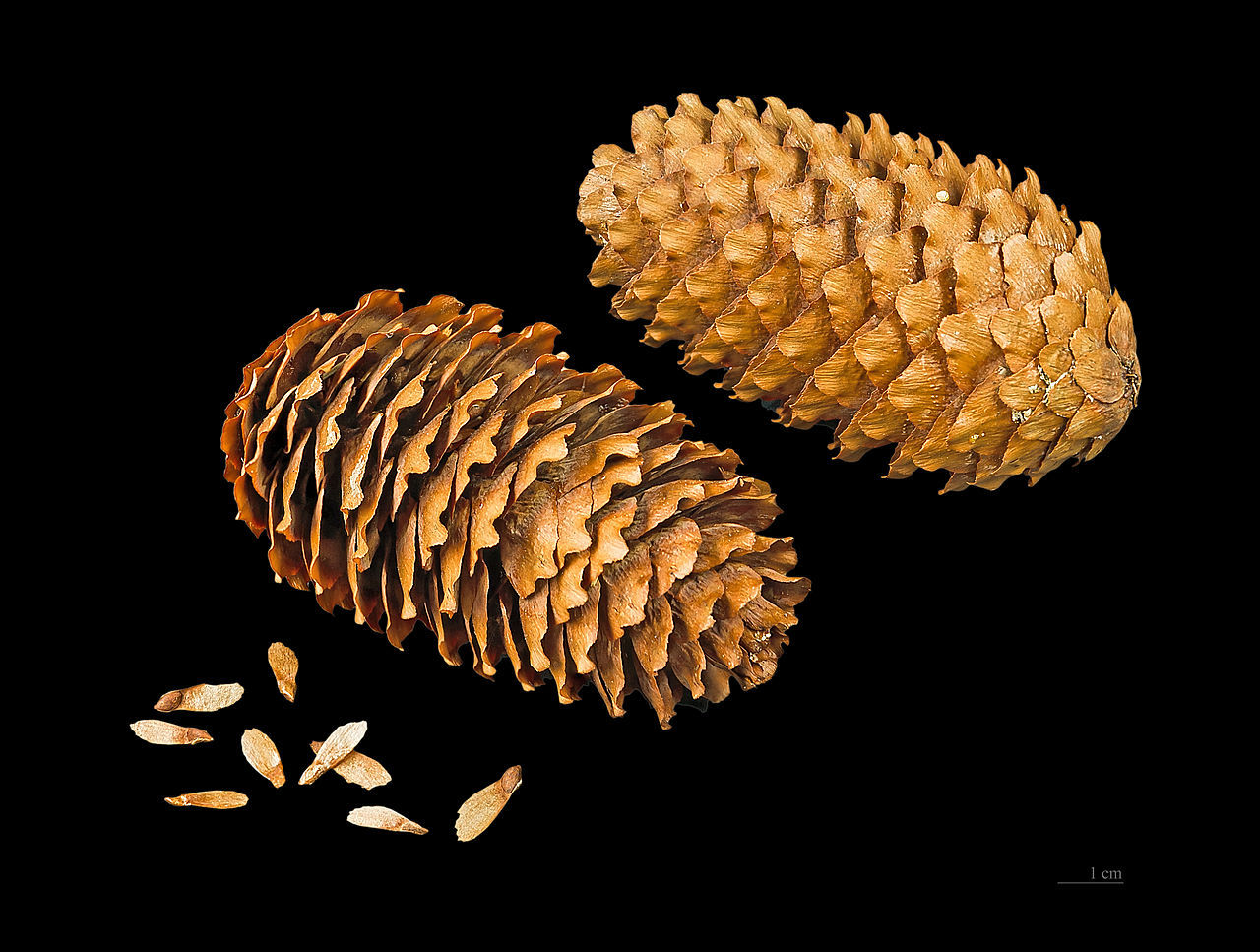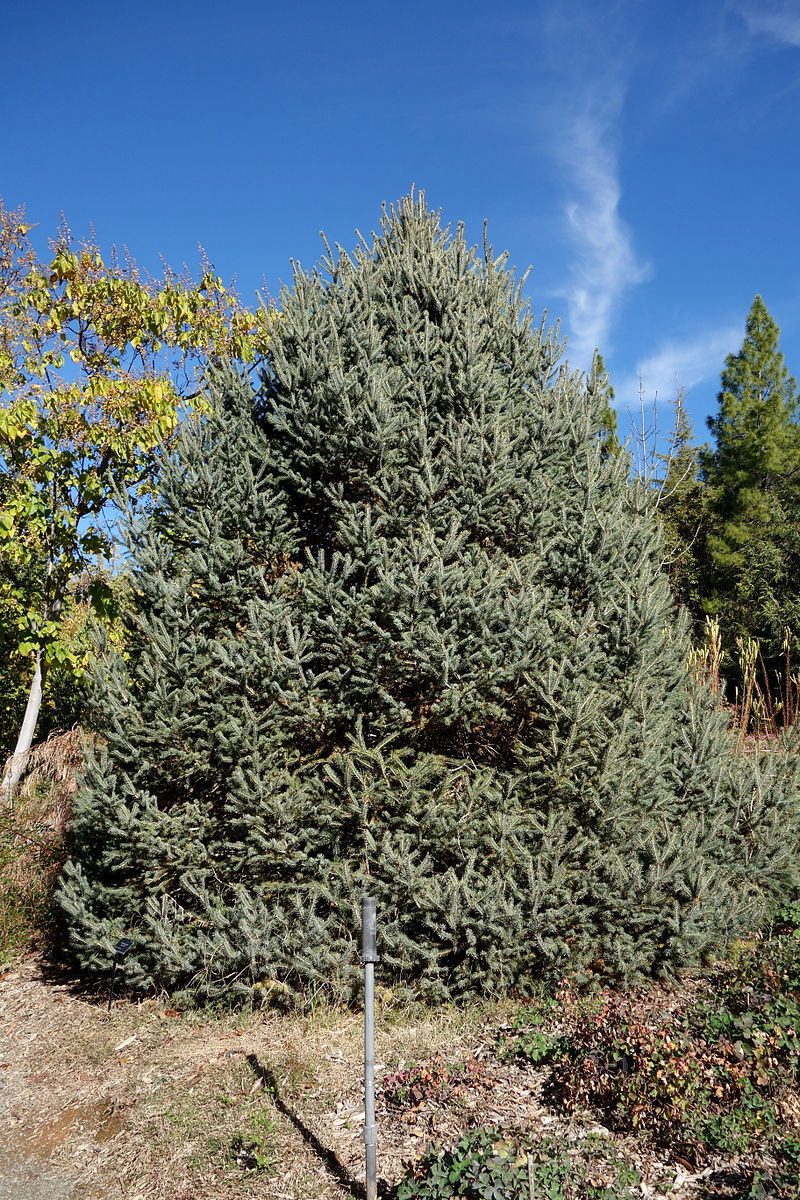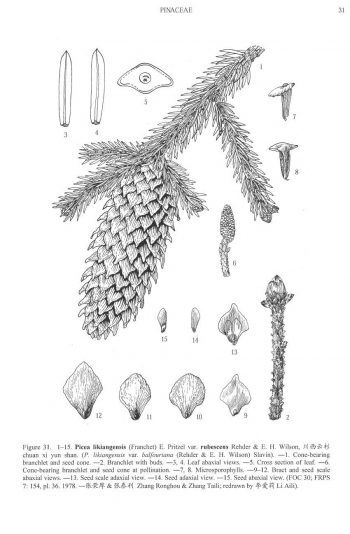
Picea likiangensis, as described in 1990 by by (Franchet) Ernst Georg Pritzel (1875-1948), in the 29th edition of Botanische Jahrbüscher füsr Systematik, Pflanzengeschichte und Pflanzengeographie, is commonly known as Lijiang spruce; as well as ä¸½æ±Ÿäº‘æ‰ (Lijiang yunshan) in the Chinese language. The species is named for the Lijiang mountain range, the "beautiful river," of southwestern China, where the type was first collected and studied. Despite being among the most ornamental of all spruces, it is not widely distributed in the nursery trade and likely to be found only in major arboretums.
Description. Lijiang spruce is an evergreen coniferous species of tree that grows to mature heights of 165 feet (50 m); with a trunk up to 100 inches (250 cm) in diameter, measured at breast height; and a pyramidal crown.
Distribution. This species is native to Bhutan; as well as China - southern Qinghai, south and western Sichuan, eastern Xizang (Tibet), and northwestern Yunnan provinces, growing in mountains, ravines, and river basins at elevations of 8,000 to 13,500 feet (2,500 - 4,100 m) above sea level. They are usually associated with other conifers, such as Abies spp., Picea brachytyla, Larix potaninii, and Tsuga spp. at the lower elevations.
Hardy to USDA Zone 8 - cold hardiness limit between 10° and 20°F (-12.1° and -6.7°C).
E. H. Wilson of Harvard's Arnold Arboretum introduced the species to the west in 1910; there are four known forms with the most notable being Picea likiagensis var. purpurea, known as the purple-cone spruce.
